We recently read a great article that we wanted to share with you.
Organizational Alignment
“Think of alignment as a playbook for the entire company, just like in sports. For a coach to make sure every player is on the same page and goals are made, that playbook needs to be shared and discussed in real time.” –Andre Lavoie, CEO of Clear Company
This is one of the most clear-cut descriptions of what we mean by organizational alignment- as a playbook for your small business.
So how do you, as the ‘coach’ build this playbook and then actively hold the players accountable and aligned?
According to Lavoie, there are four levels of organization alignment:
1. Employee-role alignment.
This step ensures each employee is well aligned with their own role, how it relates to and affects the overall goals of the business and what is expected of them. The best place to focus on here is in HR- make sure job descriptions are accurate and that new hires of the best fit for the job by engaging in skills testing, not simply the typical interview Q&A.
2. Employee-goal alignment.
As manager/owner/CEO it is your responsibility to establish goals for each and every employee. You after all, crafted the original mission statement and goals for the business, so you would best know how to align individual goals with that of the overall company. Discuss the goals, create timelines and hold employees accountable with performance checks.
3. Employee-team alignment.
Simply put, the next step is taking everyone and their individual goals, and making sure they understand how they all relate to each other, and the company as a whole. Schedule frequent staff meetings and consider incorporating team goals on top of individual ones.
4. Employee-organization alignment.
Once again, this is the sole responsibility of owners and managers. Make sure that employees see how their goals and intentions directly affect (and align with) those of the company’s mission statement. Think big picture, company-wide goals here.
While this is just one example of how alignment can be attributed, the general idea remains the same. Much like a sports team, there are different relationships and goals that can be achieved, while the overall mission of the organization can still be maintained. Most steps of organization alignment can be accomplished through regular meetings and discussions and the clear directive of goals on the individual, team and company-wide levels.
Copyright 2018, Bullseye Business Systems Pty Ltd. All rights reserved. Reprinted with permission from http://www.ranone.com
